Monitoring of the effect of grazing of large herbivores on the development of vegetation continues also this year. We have established new experimental plots in Josefovské louky near Jaroměř. Klára describes what an amazing adventure it was: "We didn't get wet at all and experienced a beautiful sunny day, walking through flooded sedgesand sinking into the mud in the reeds, wading through a forest and even a beautiful wet meadow. And, of course, we saw horses!"
The work continued also in Podyjí on plots established in 2018. This "expedition" was also successful and our student "Little" Anička saved us from the alpha male of Exmoor pony. As Klára concluded: "Nothing is better than having an experienced horse caretakers in the group."
We thank all the helpers and collaborators as well as the administrator of the Josefovské louky Bird Park for the perfectly prepared fences.
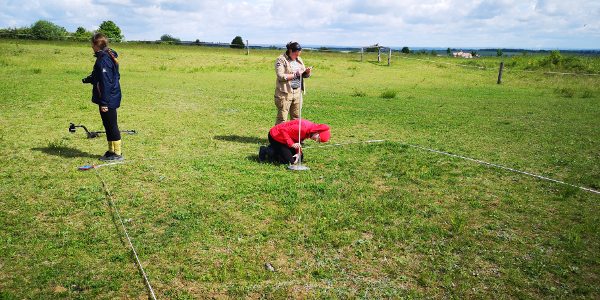
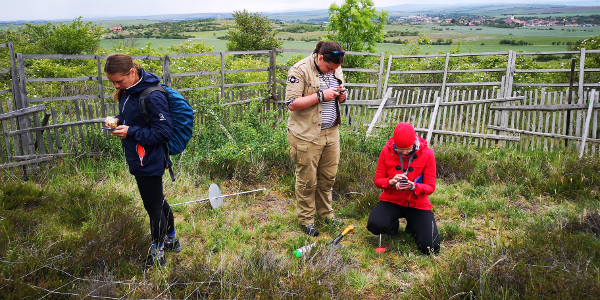
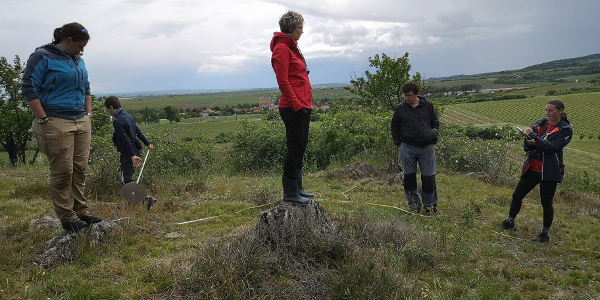
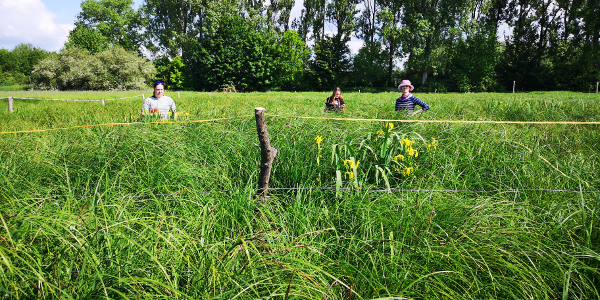
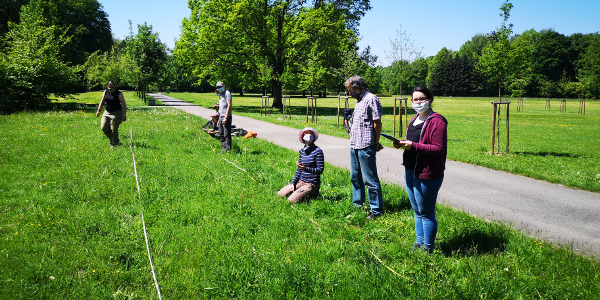
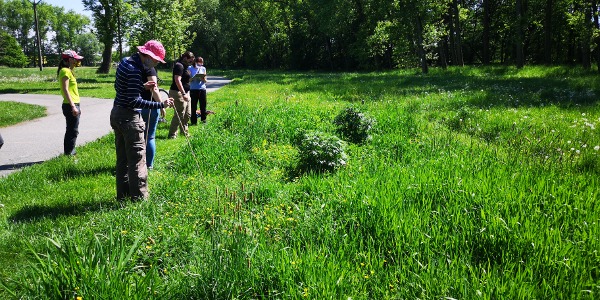
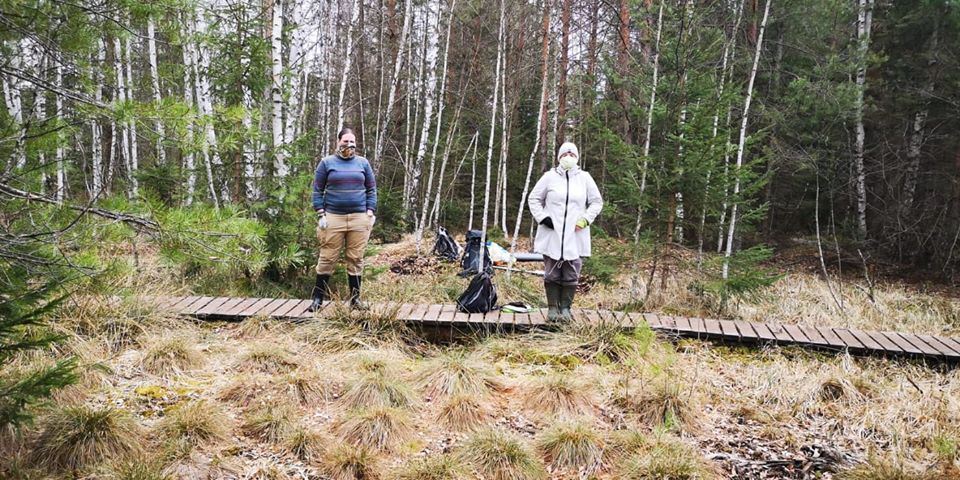 There's nothing we can do, we had to go out into the field. But we followed all the governmental regulations - masks, two meters distance, and disinfection (and not only from the outside)! Despite cold and snow it was nice. Soumarský Most peat bog always hides a nice surprise. This time, for example, with the historical monocultures of spruce, as an attempt for forestry reclamation, dying out due to a re-elevated groundwater level.
There's nothing we can do, we had to go out into the field. But we followed all the governmental regulations - masks, two meters distance, and disinfection (and not only from the outside)! Despite cold and snow it was nice. Soumarský Most peat bog always hides a nice surprise. This time, for example, with the historical monocultures of spruce, as an attempt for forestry reclamation, dying out due to a re-elevated groundwater level.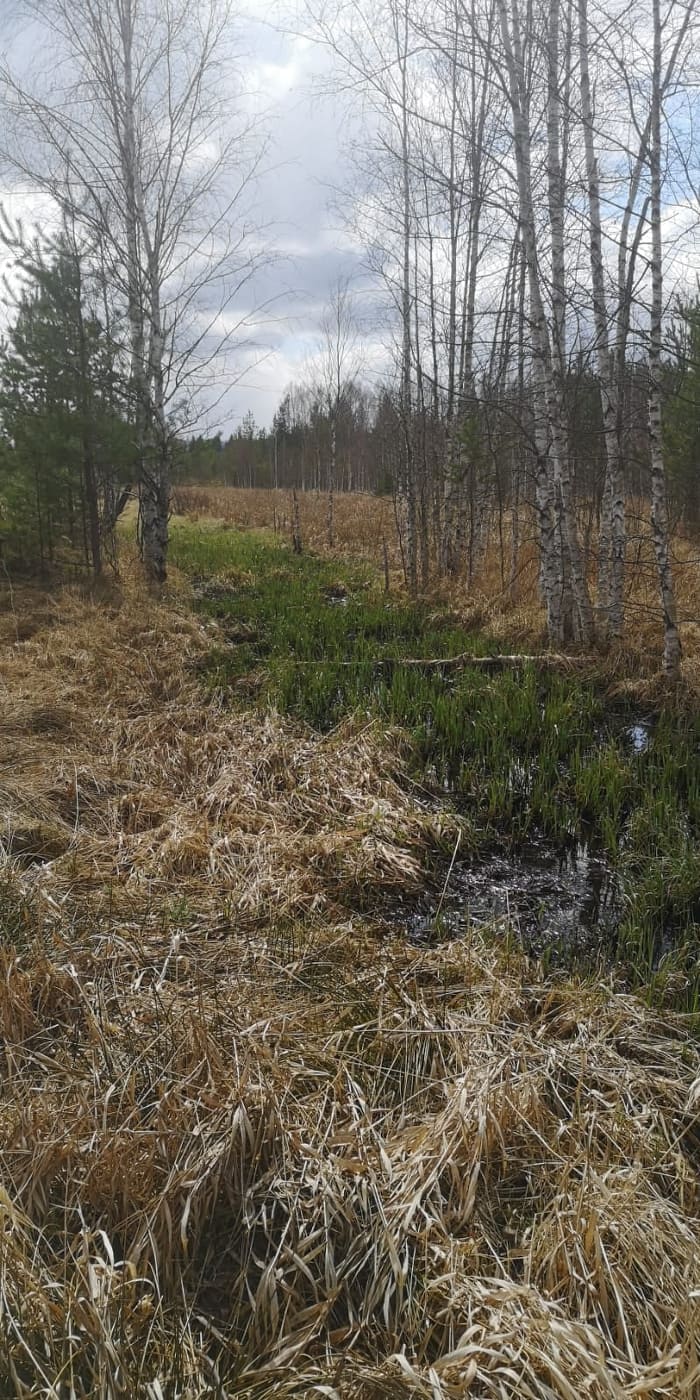
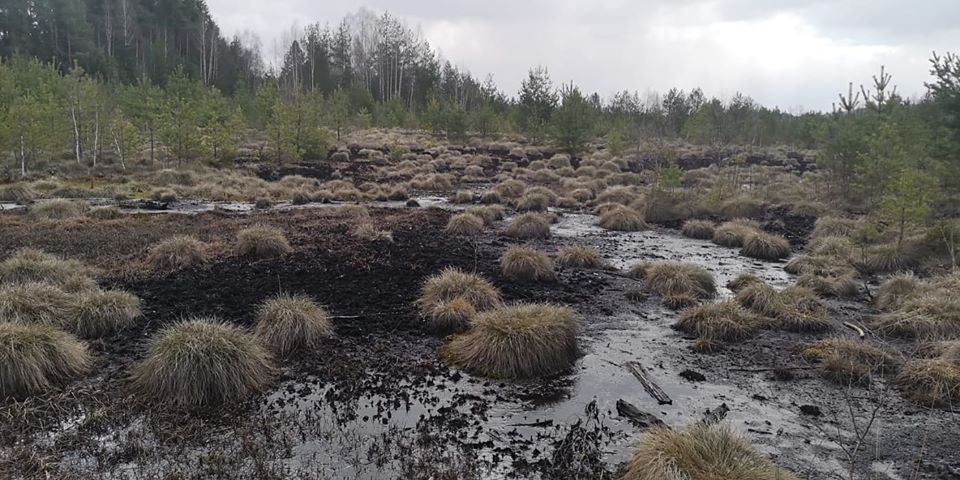
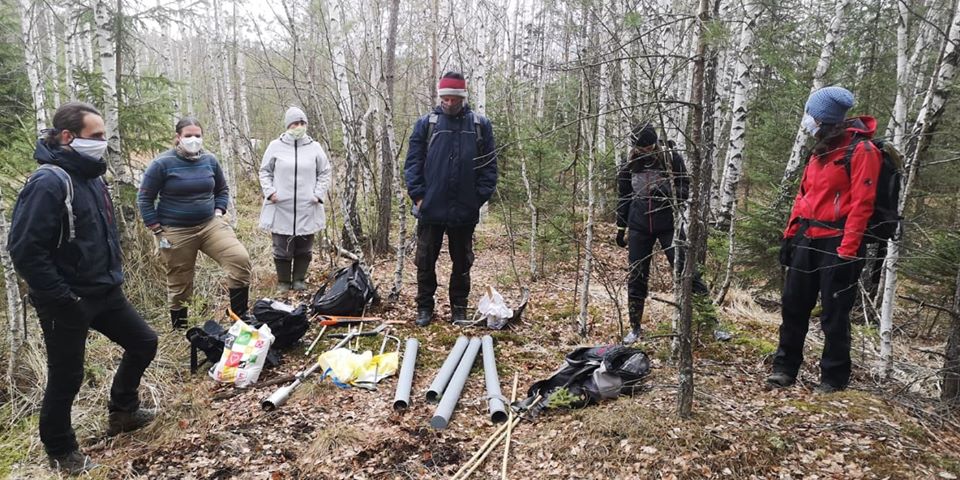
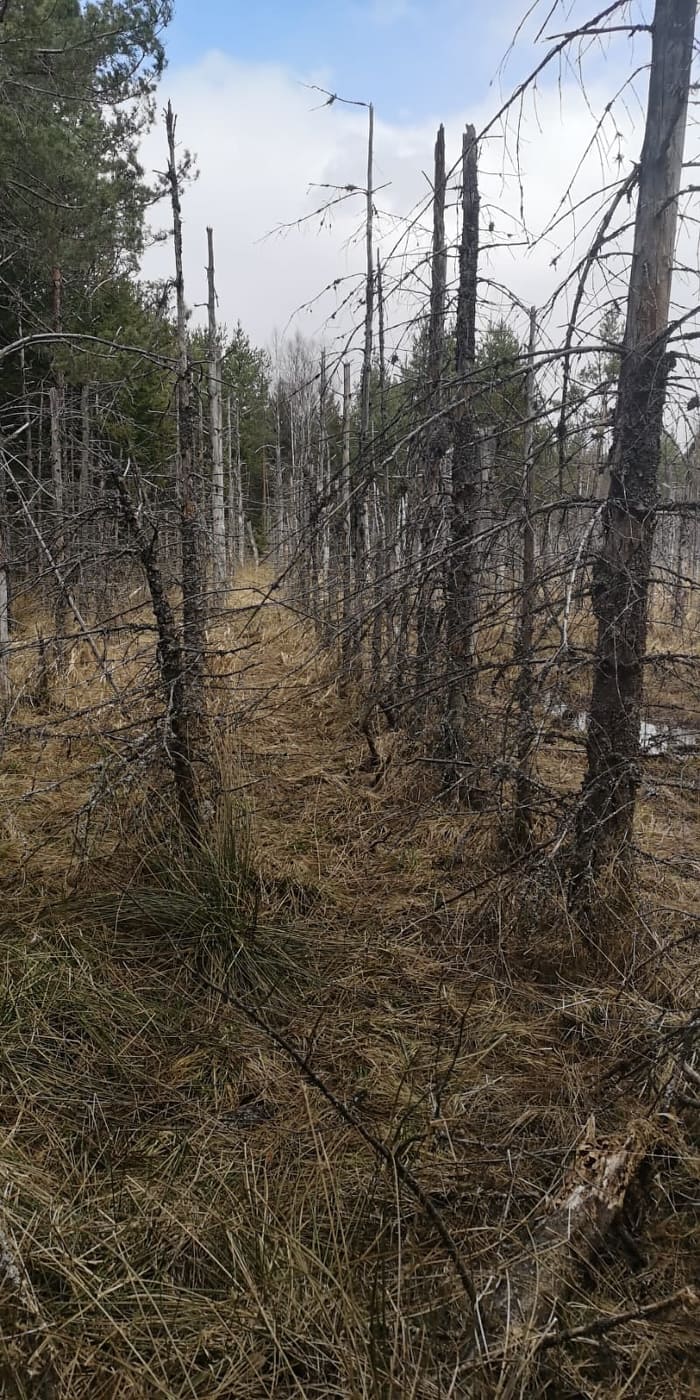
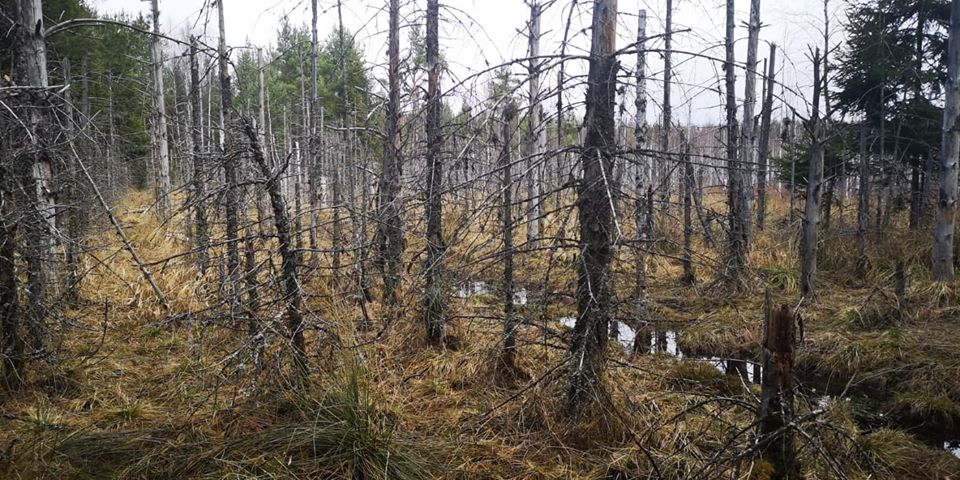
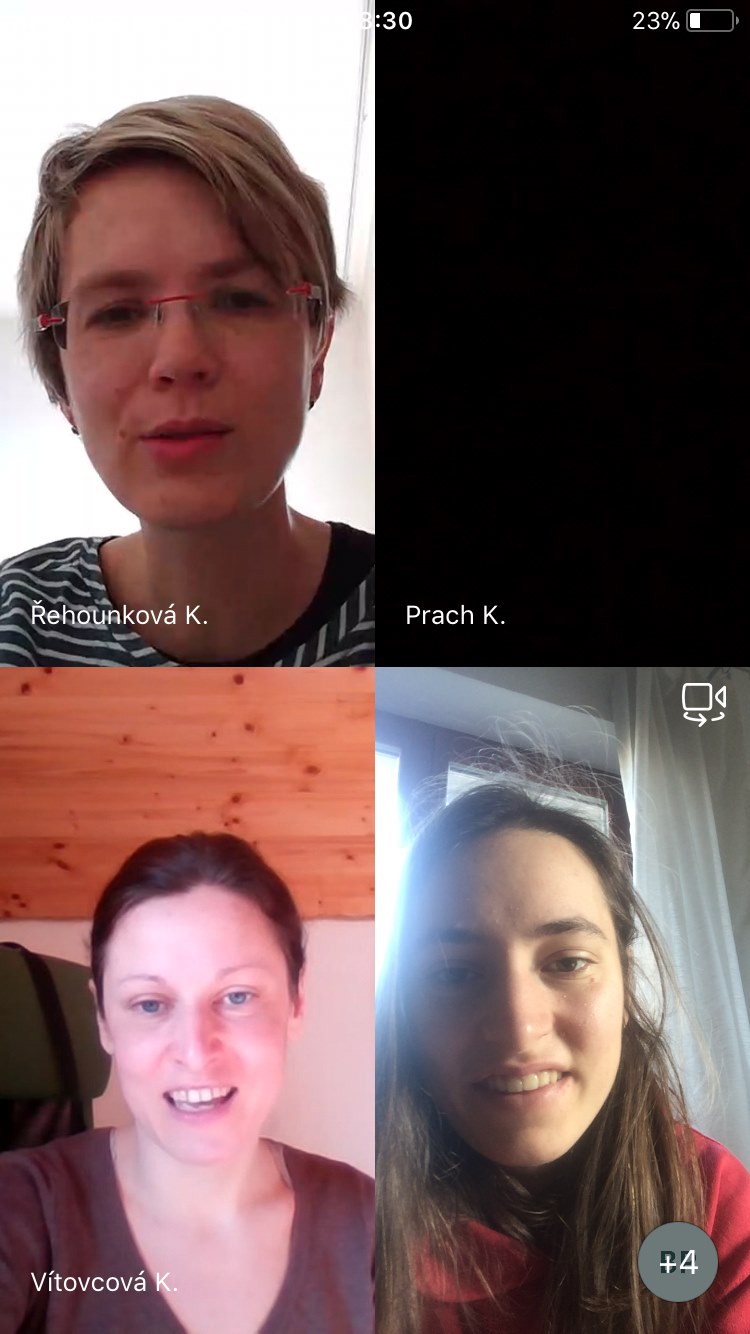 The current situation calls for unusual solutions even for such an ordinary thing as regular group meetings. Thus we tried "remote science". It works and it is even quite fun. Especially when there is a one-year-old Vašík and 2.5-year-old Majda between the participants. We thank the Faculty of Science, University of South Bohemia in České Budějovice for the opportunity to use MS Teams.
The current situation calls for unusual solutions even for such an ordinary thing as regular group meetings. Thus we tried "remote science". It works and it is even quite fun. Especially when there is a one-year-old Vašík and 2.5-year-old Majda between the participants. We thank the Faculty of Science, University of South Bohemia in České Budějovice for the opportunity to use MS Teams.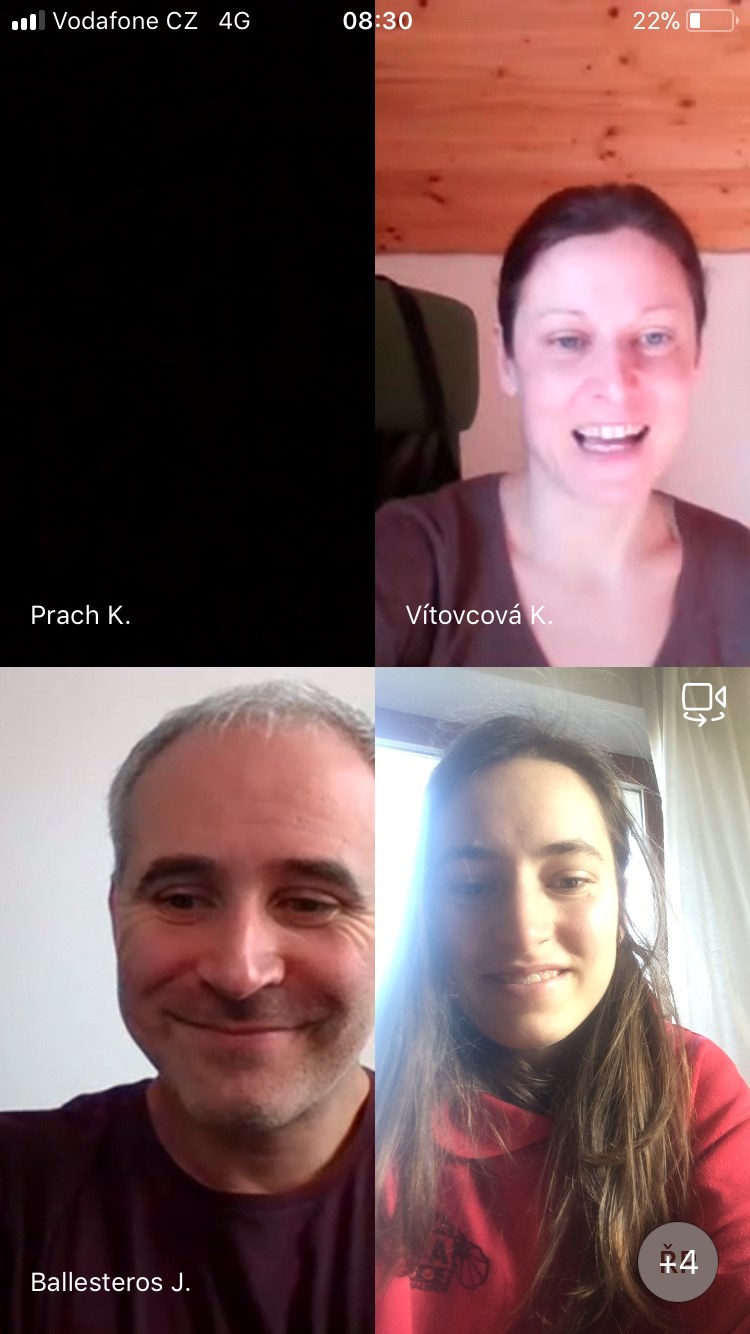
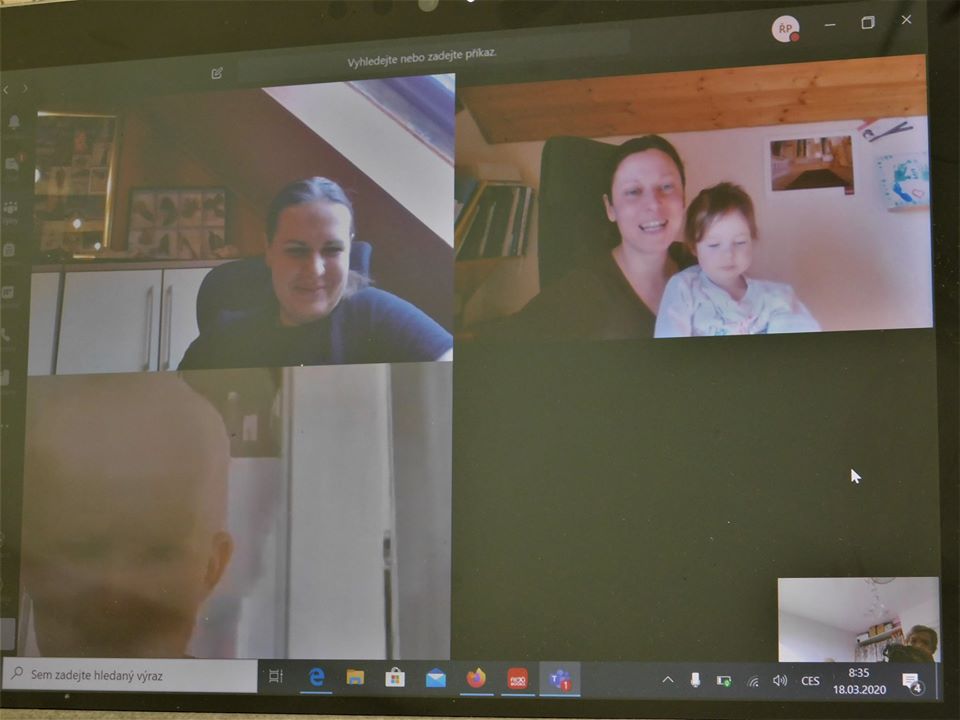
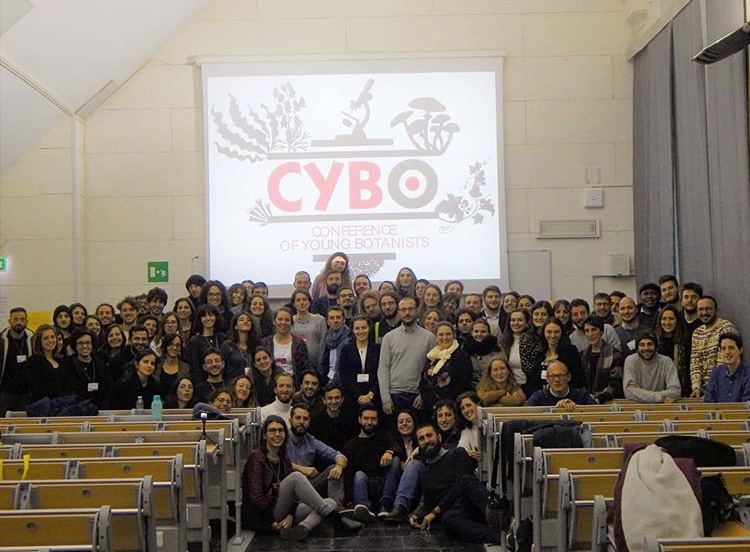
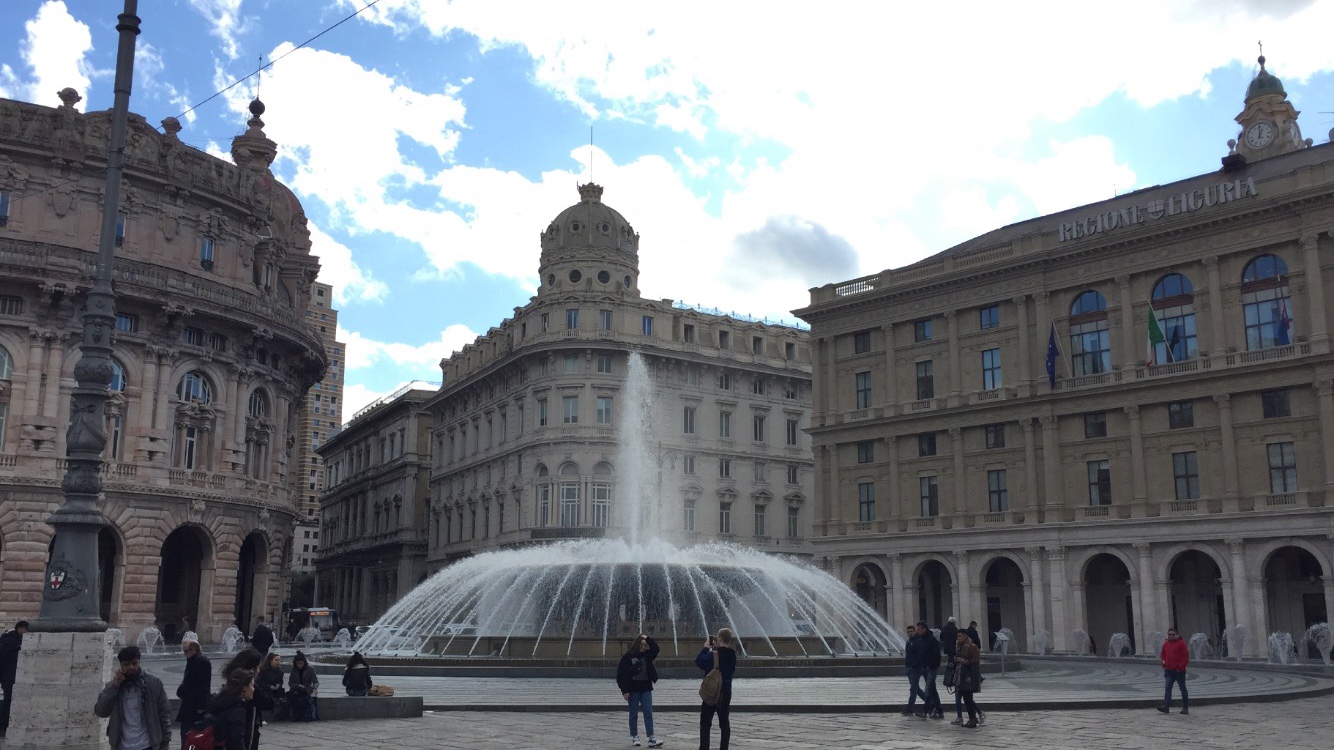
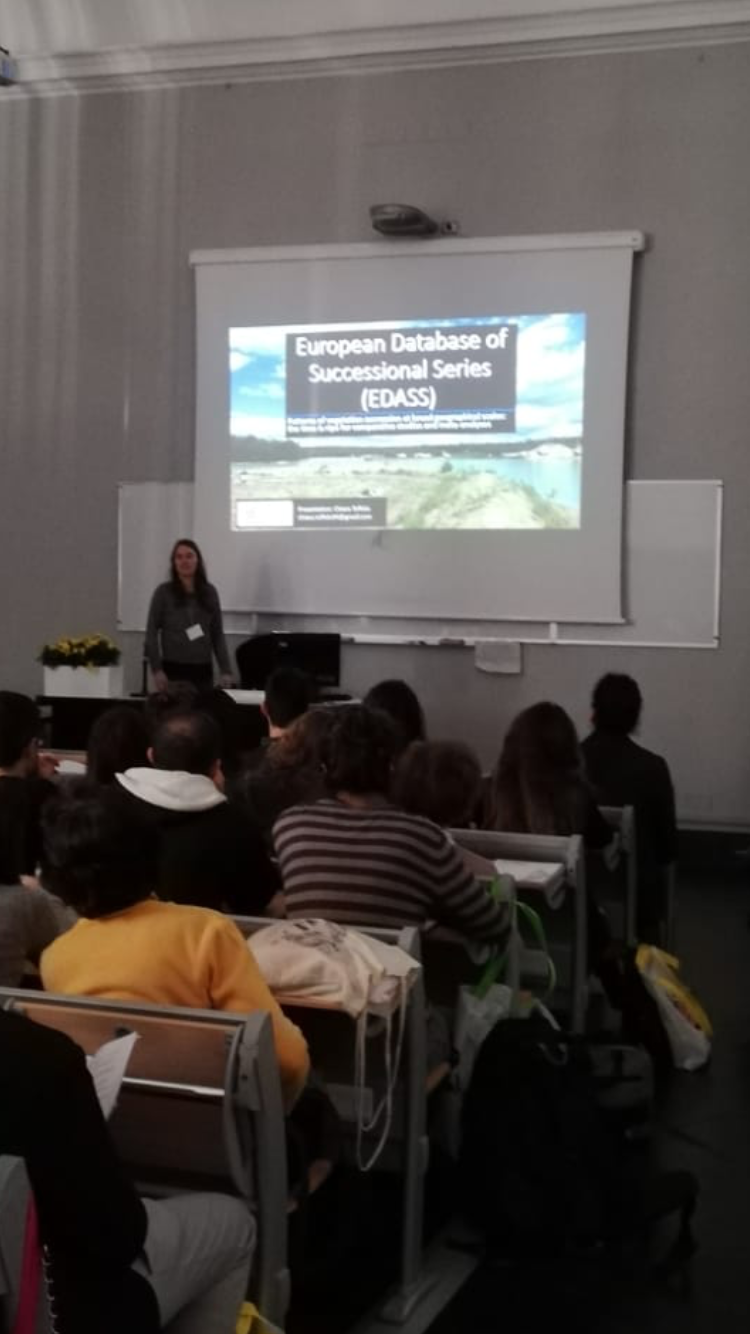
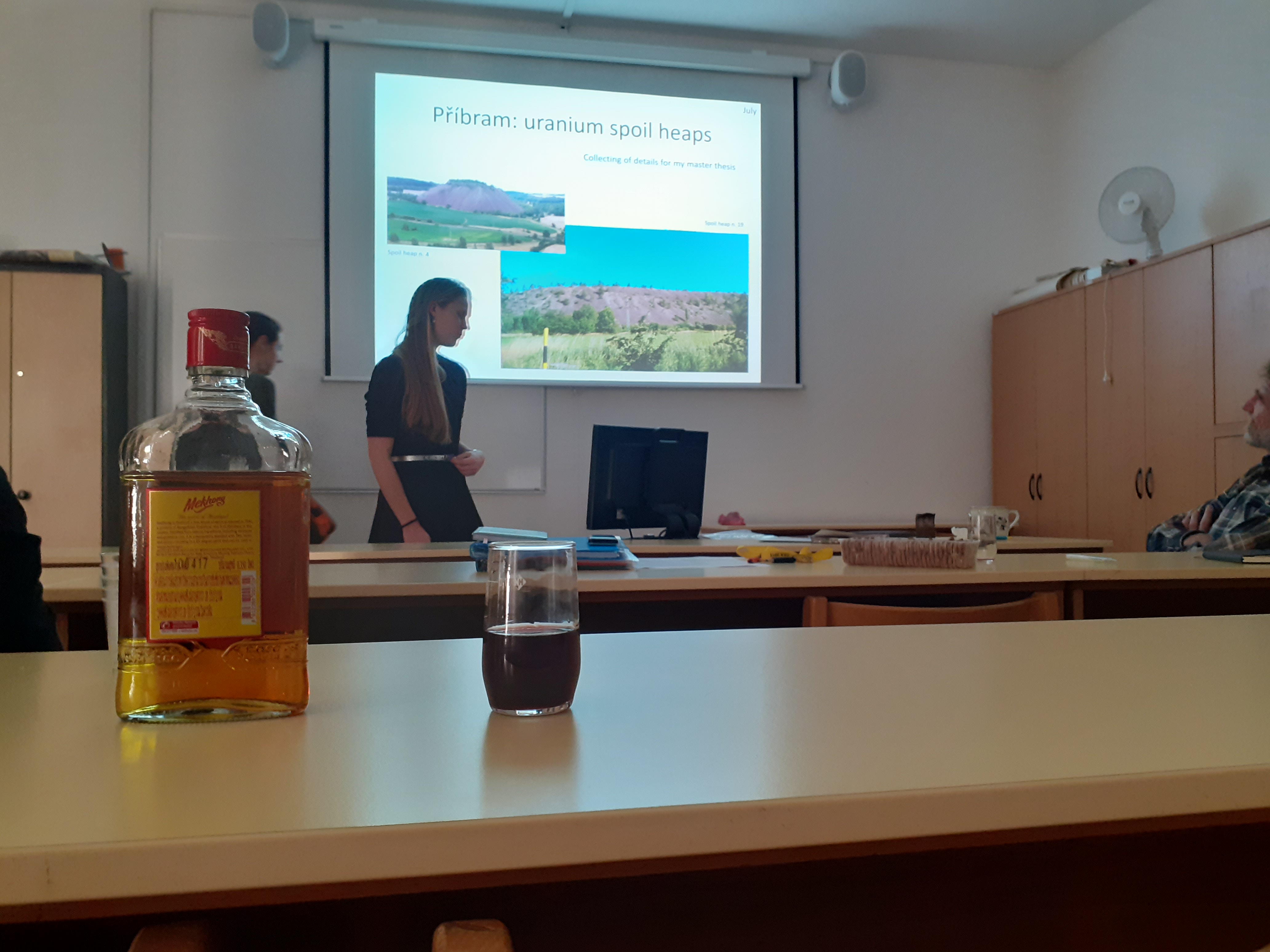 Our group usually meets at the end of the year and discuss about the past season. We talk about our successes and address any eventual problems. And we also celebrate because we were successful with two project proposals. In the next years we will therefore deal with enlargement of our Database of Successional Series across Europe, and meadows in White Carpathians which were regrassed with a regional seed mixtures in the past. Happy new year 2020!
Our group usually meets at the end of the year and discuss about the past season. We talk about our successes and address any eventual problems. And we also celebrate because we were successful with two project proposals. In the next years we will therefore deal with enlargement of our Database of Successional Series across Europe, and meadows in White Carpathians which were regrassed with a regional seed mixtures in the past. Happy new year 2020!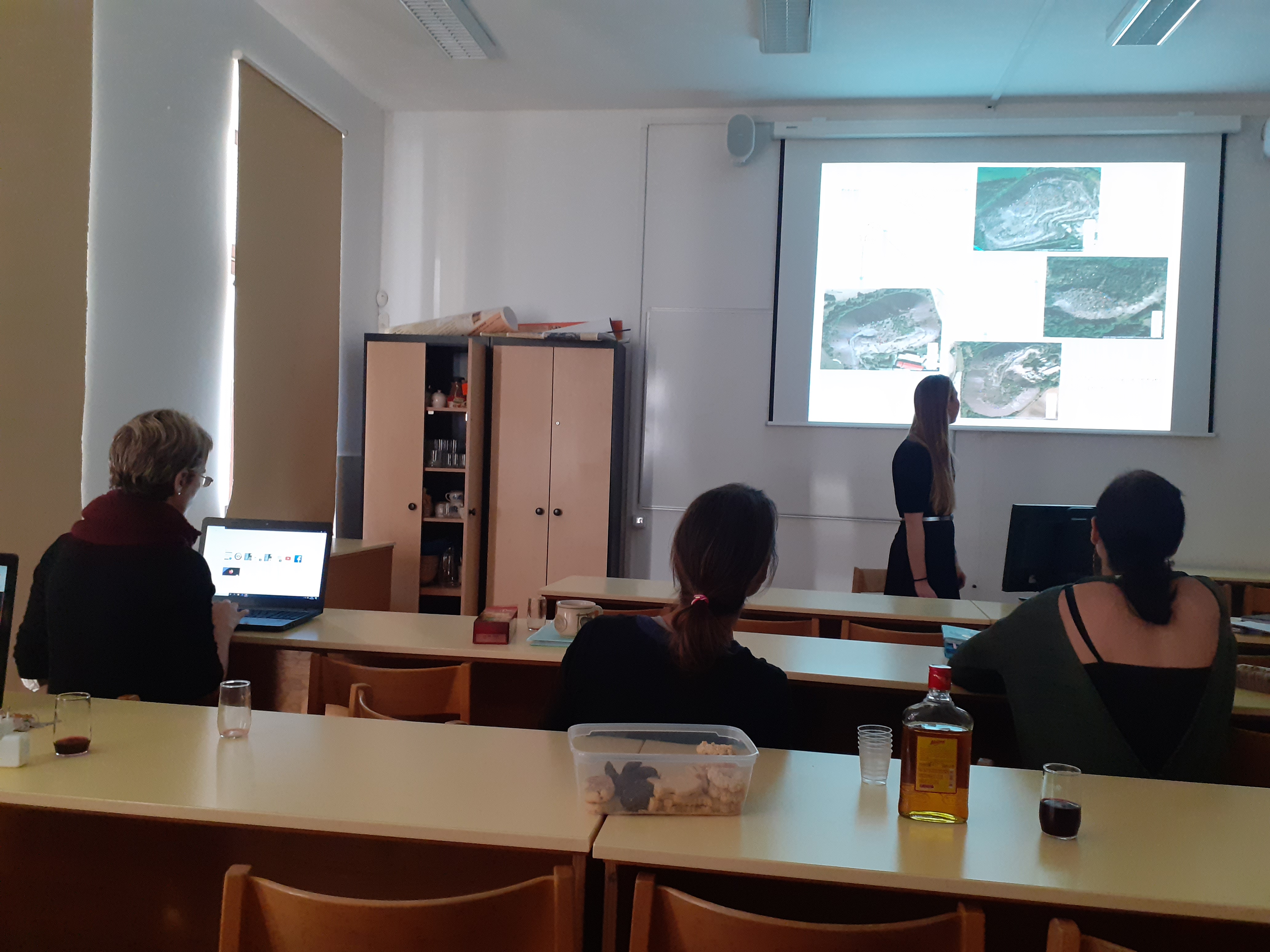
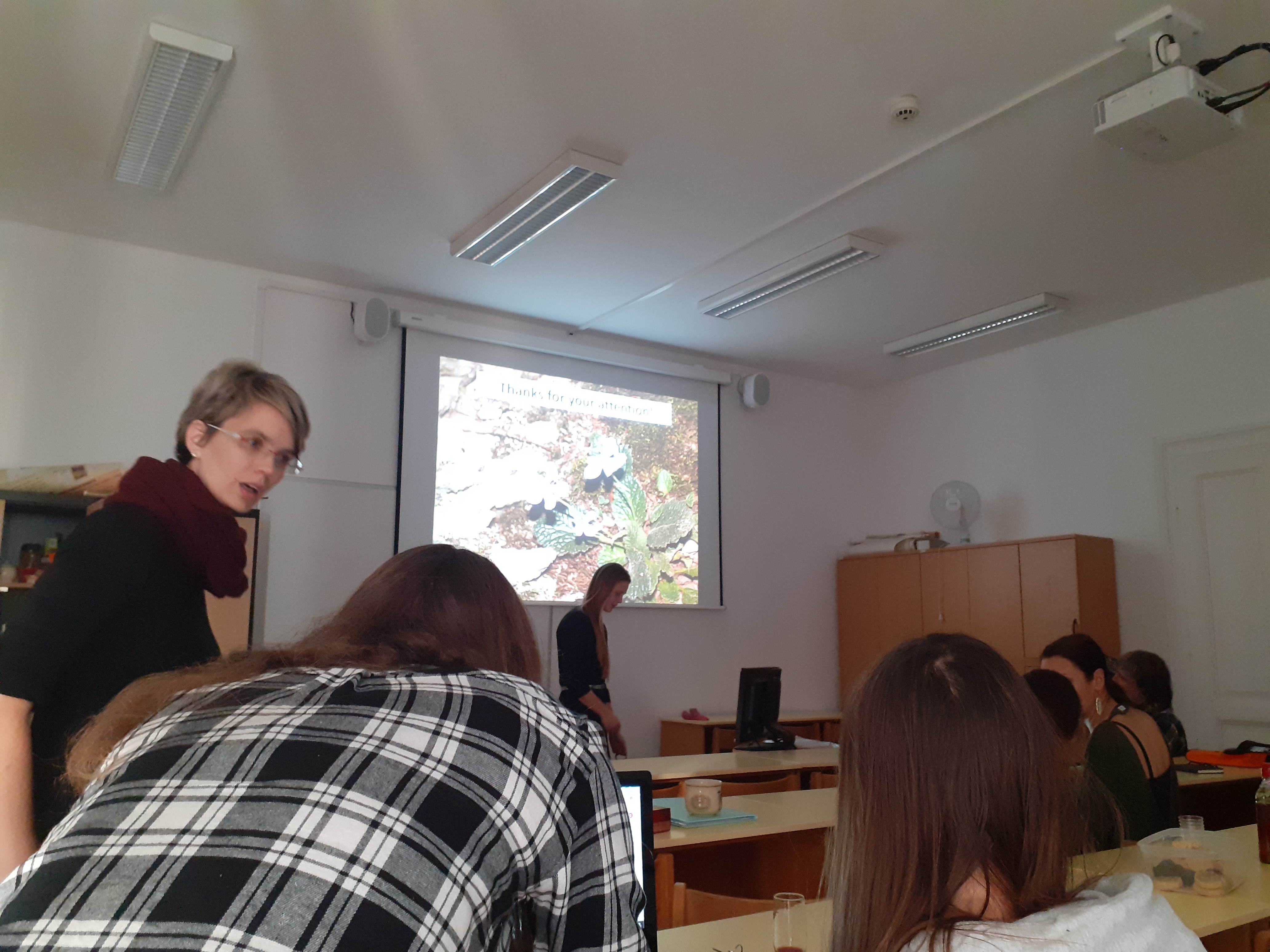
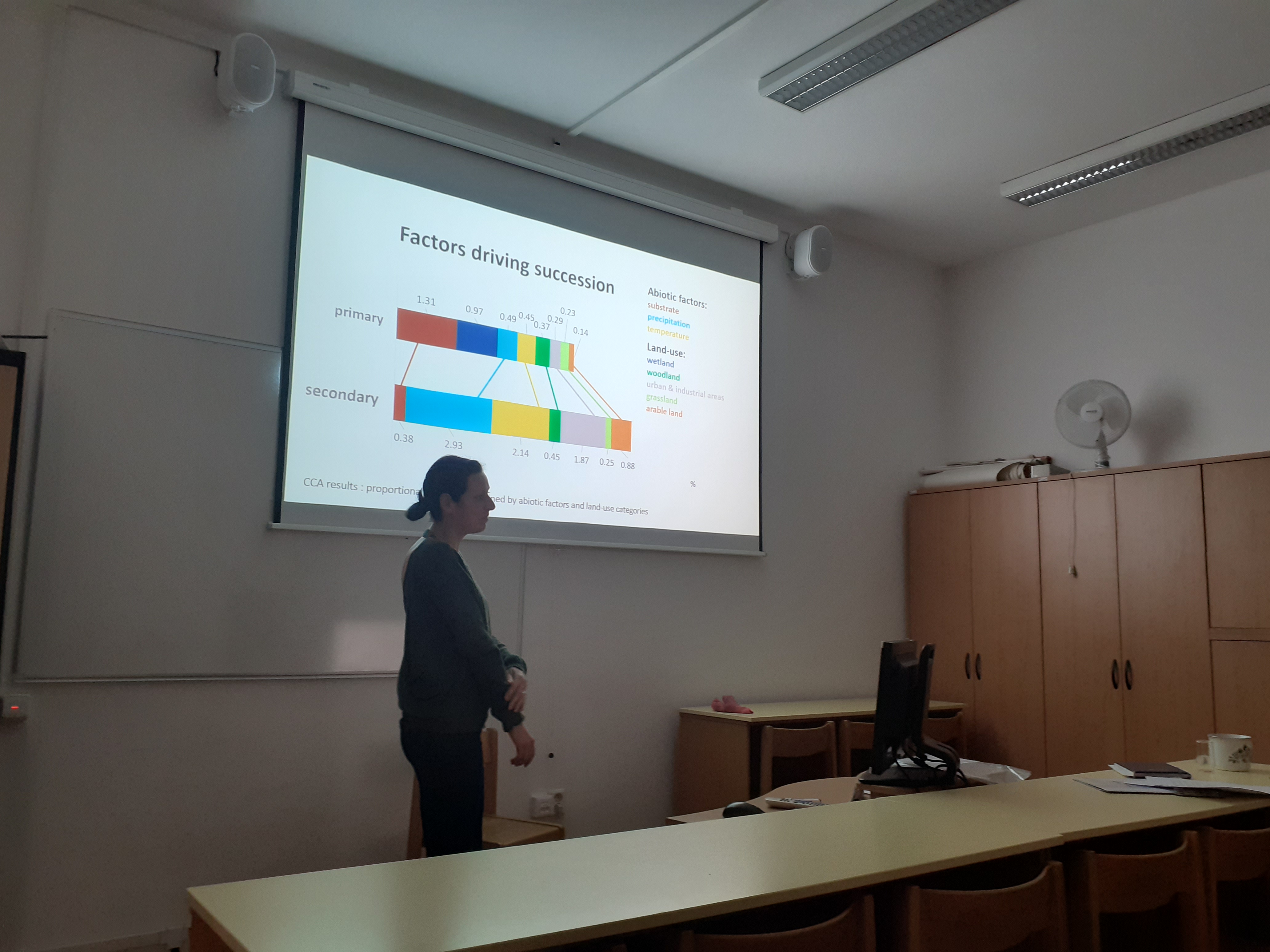
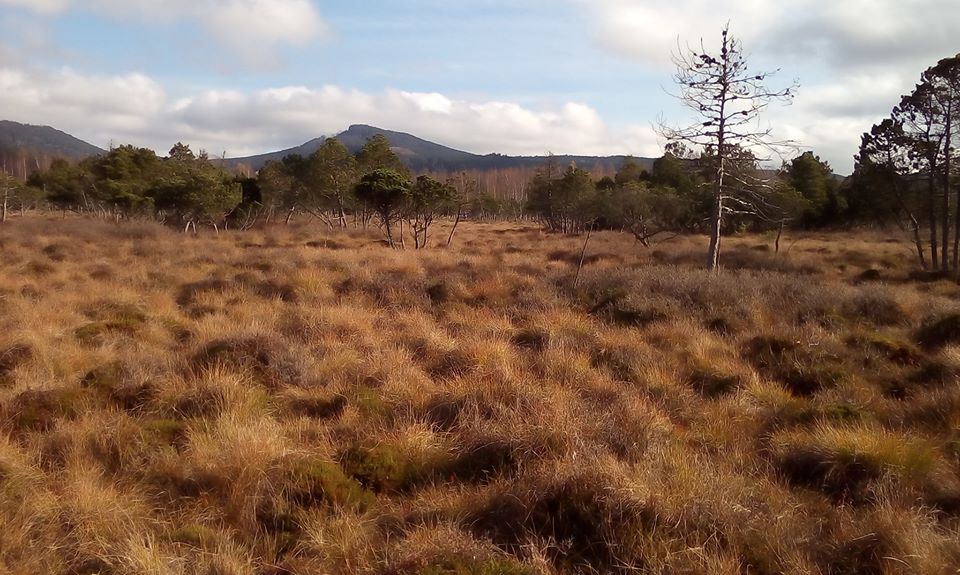 We successfully finished the first season of our interesting project working in mined as well as preserved peatbogs. Our aim is to find out which species of fungi, mosses and higher plants grow there and which species of butterflies occur there and, moreover, why some species do still not occur on the mined peatbogs. We also performed experimental sowing of berries of bog cranberry (Vaccinium oxycoccos) in selected peatbogs to find out if it does not grow there because it still has not spread there or because there are unsuitable conditions there. Hopefully, we will be able to answer this and many other questions in the next years.
We successfully finished the first season of our interesting project working in mined as well as preserved peatbogs. Our aim is to find out which species of fungi, mosses and higher plants grow there and which species of butterflies occur there and, moreover, why some species do still not occur on the mined peatbogs. We also performed experimental sowing of berries of bog cranberry (Vaccinium oxycoccos) in selected peatbogs to find out if it does not grow there because it still has not spread there or because there are unsuitable conditions there. Hopefully, we will be able to answer this and many other questions in the next years.